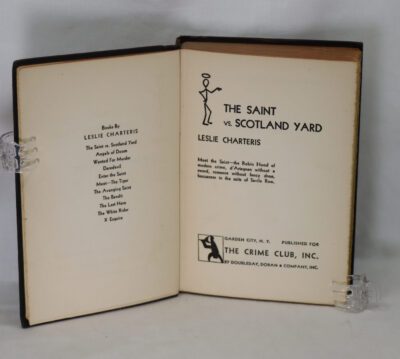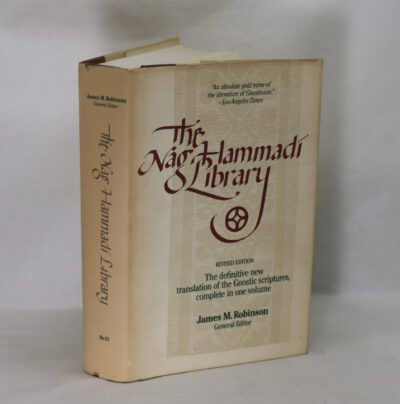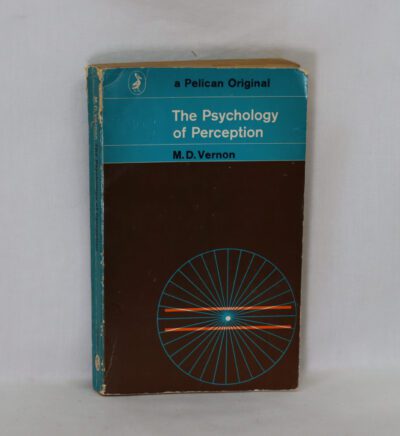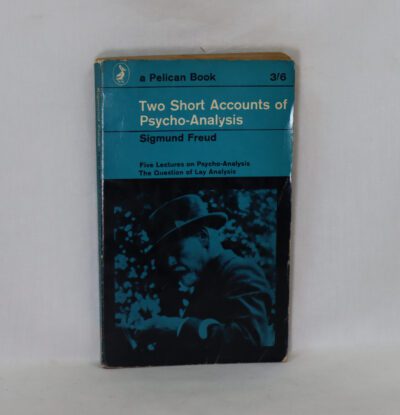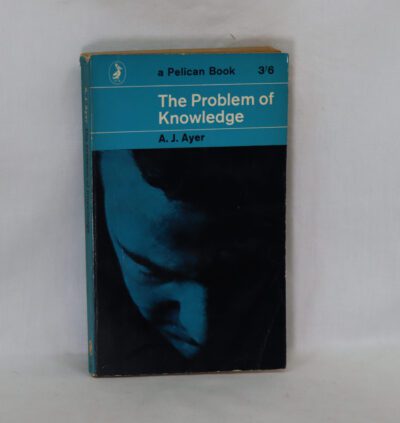Cuneiform Parallels to the Old Testament. Volume 1.
ISBN: 9781033252338
Printed: 2018
Publisher: Forgotten Books.
| Dimensions | 16 × 24 × 4 cm |
|---|---|
| Language |
Language: English
Size (cminches): 16 x 24 x 4
Condition: As new (See explanation of ratings)
Item information
Description
Navy board binding with yellow and blue title on the front board.
F.B.A. provides an in-depth photographic presentation of this item to stimulate your feeling and touch. More traditional book descriptions are immediately available.
Excerpt from Cuneiform Parallels to the Old Testament, Vol. 1 of 2
Shortly after the publication of the third edition of Schrader’s book I began the collection and translation of inscriptions with the purpose of supplying to English readers a complete Corpus of all the Assyrian, Babylonian, and Persian inscriptions which are parallel to or illustrative of the Old Testament. I had then no idea that it would grow to so great a size, or that its preparation would occupy so long a series of years, or that the labour. Involved would be so arduous. I should hardly have dared to undertake with a light heart a task which has taxed my energies during many an hour between lectures and absorbed nearly all my summer holidays since it began. It has, indeed, cost so much that my early hopes and enthusiasm for it have slipped away, and, like Johnson with his Dictionary, I therefore dismiss it with frigid tranquillity, having little to fear or hope from censure or from praise.
About the Publisher – Forgotten Books publishes hundreds of thousands of rare and classic books. Find more at www.forgottenbooks.com This book is a reproduction of an important historical work. Forgotten Books uses state-of-the-art technology to digitally reconstruct the work, preserving the original format whilst repairing imperfections present in the aged copy. In rare cases, an imperfection in the original, such as a blemish or missing page, may be replicated in our edition. We do, however, repair the vast majority of imperfections successfully; any imperfections that remain are intentionally left to preserve the state of such historical works.
Cuneiform is a logo-syllabic script that was used to write several languages of the Ancient Middle East. The script was in active use from the early Bronze Age until the beginning of the Common Era. It is named for the characteristic wedge-shaped impressions (Latin: cuneus) which form its signs. Cuneiform was originally developed to write the Sumerian language of southern Mesopotamia (modern Iraq). Cuneiform is the earliest known writing system.
Over the course of its history, cuneiform was adapted to write a number of languages in addition to Sumerian. Akkadian texts are attested from the 24th century BC onward and make up the bulk of the cuneiform record. Akkadian cuneiform was itself adapted to write the Hittite language in the early second millennium BC. The other languages with significant cuneiform corpora are Eblaite, Elamite, Hurrian, Luwian, and Urartian. The Old Persian and Ugaritic alphabets feature cuneiform-style signs; however, they are unrelated to the cuneiform logo-syllabary proper.
The latest known cuneiform tablet dates to 75 AD. The script fell totally out of use soon after and was forgotten until its rediscovery and decipherment in the 19th century. The study of cuneiform belongs to the field of Assyriology. An estimated half a million tablets are held in museums across the world, but comparatively few of these are published. The largest collections belong to the British Museum (approx. 130,000 tablets), the Vorderasiatisches Museum Berlin, the Louvre, the Istanbul Archaeology Museums, the National Museum of Iraq, the Yale Babylonian Collection (approx. 40,000 tablets), and Penn Museum.
Want to know more about this item?

Share this Page with a friend




